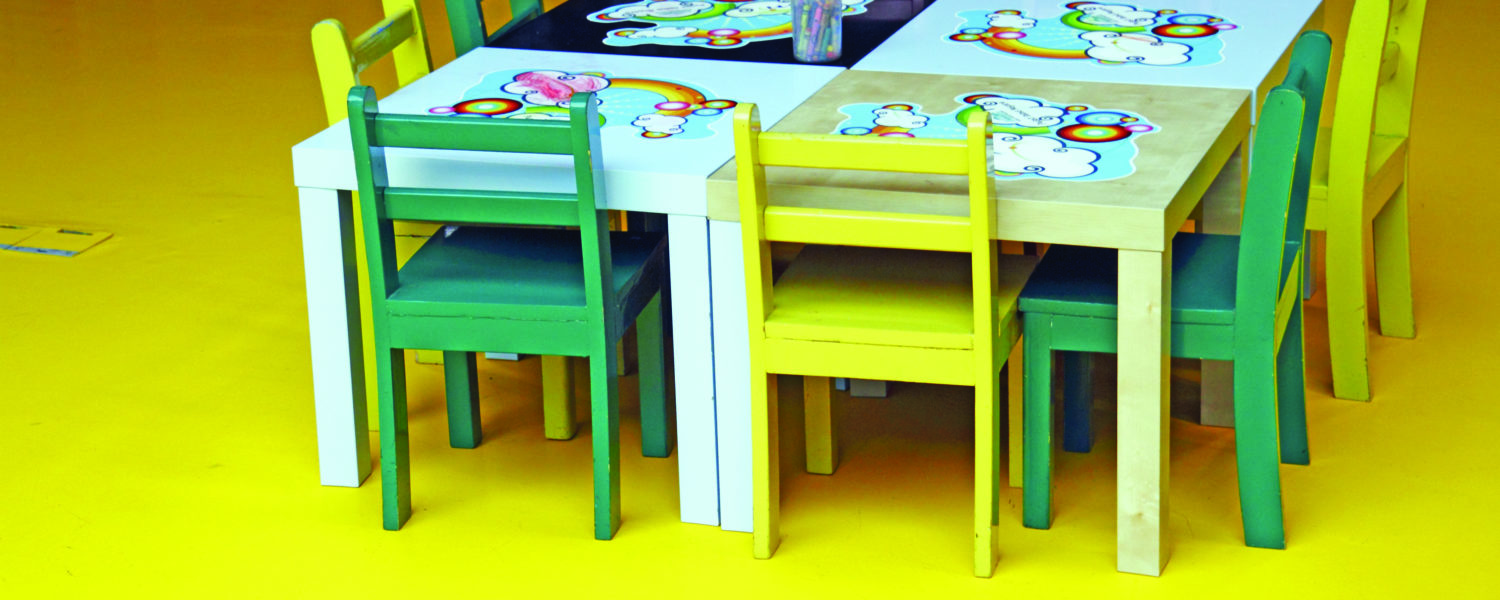By Jason Maddox
There are many cost-effective ways to secure your church daycare or preschool facility. In this article, we share eight best practices for church daycare security using a combination of policies, procedures and technology to protect the children and employees in your care.
1. Develop Policies & Procedures Manual
If you don’t already have a policies and procedures manual for your daycare center management, this is where you should start.
At a minimum, require sign-in and sign-out showing who is dropping children off each day and who is picking up each child, the time of arrival and time of departure.
2. Limit the Number of Access Points In/Out of Facility
If possible, you should limit the number of access points into and out of the daycare, nursery and/or preschool areas of your facility.
In older churches, you may have limitations that make this harder to do. New churches often have more flexibility. For facilities in development, the architect and building committees should take physical security and premises access control into consideration as part of the design process.
3. Secure the Main Entrances & Exits with Locks or Electronic Access Control Technology
Whether you have one entrance/exit or several points of entrance, make sure each point of external access is secured with locks.
Electronic access control technology can provide an added measure of security, especially when you have a small staff and the door provides direct access to the street or parking area.
4. Install HD Video Cameras to Monitor Entrances/Exits
Ideally, you will install high-definition video security cameras to record time-stamped video of all entrances/exits to your facility and the car drop off area.
Time-stamped video is extremely valuable in the event a child is missing because it helps direct search/rescue efforts and saves valuable time.
High-definition video is more useful than analog CCTV cameras because HD video makes it much easier to identify a person who left with a child.
HD video over IP allows for remote monitoring, as well, in the event of an after-hours incident (such as trespassing, vandalism, break-ins) or if a serious emergency is unfolding.
5. Install Panic Buttons at Key Locations
A “Panic Button” is a strategically located, hardwired button or wireless key fob used to silently and immediately notify police in emergency situations.
One or more panic buttons can be installed at key locations around your facility to provide an added measure of security and speed up response time in the event of an emergency. Good options include the administrator’s office, hallways, and classrooms.
When a panic button is pressed, it immediately sends an electronic signal directly to the security company’s monitoring station, which simultaneously contacts police to alert them to the location of the alarm.
Most existing panic buttons are tied into a facility’s burglar alarm system. If a facility has an existing burglar alarm without a panic button, the addition of a panic button is usually straightforward and cost-effective.
Some of the newer security systems have the panic button tied into the video surveillance monitoring system.
In these situations, if a panic button is activated, it’s possible to remotely look into the video camera system to identify the threat. The security monitoring company can make the first review for threat assessment and determine next actions based on established procedures.
If there is a holdup or life-threatening situation unfolding, the video monitoring company can call the police without the perpetrator ever being aware of the alert.
In low risk situations—such as people loitering—the video monitoring company can simply talk through the cameras (“voice down”) and alert people that they are under surveillance or trespassing. The loiterers or trespassers usually leave without the need for further intervention. If they don’t leave, the police can be notified.
6. Install Deadbolts on Classroom Doors for Lockdown Situations
We highly recommend using affordable deadbolt technology on all classroom doors. Deadbolts should be controlled from inside the classroom to allow teachers to lock intruders out.
A master deadbolt key should always be stored securely in the administrator’s office or elsewhere in the facility in the event of a hostage situation inside the classroom.
7. Use Video Surveillance Cameras to Monitor Common Areas
Common areas include locations such as playgrounds, hallways and entrances to restrooms.
Cameras inside the nursery and classrooms can be invaluable in the event a claim is made against one or more staff members or teachers. The video footage can be used to exonerate the innocent and help with risk management, in general.
Cameras inside classrooms can also give peace of mind to parents and help reduce incidents of bullying for facilities caring for older children.
8. Perform Annual Security Audits
Review your policies, procedures and technology on an ongoing basis to make sure the policies are being followed and technology is working as intended.
An annual audit is important to ensure your technology is current and that you’re following best practices.
Jason Maddox is president of Vulcan Security Systems, www.vulcansecuritysystems.com.






